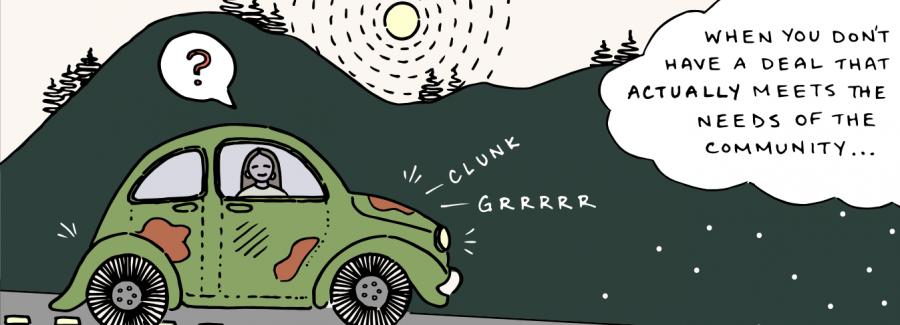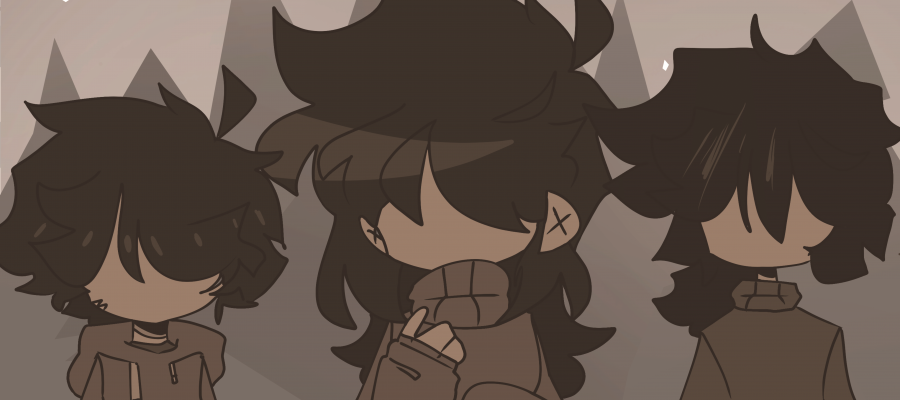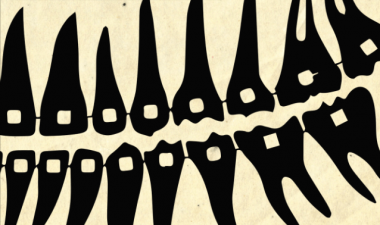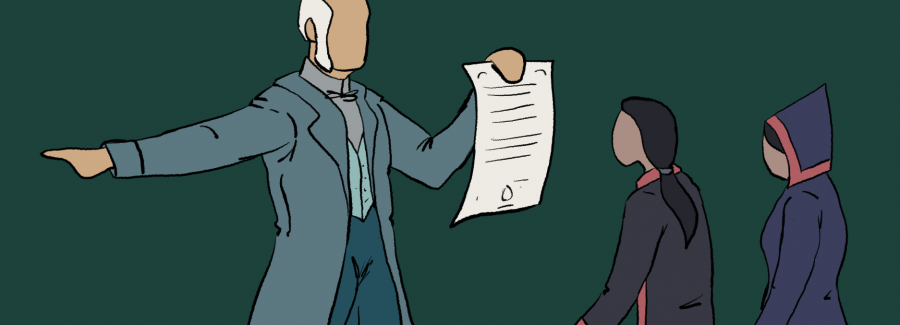PART TWO
Colonialism as
Fiscal Policy
Following the Money
How has Canada’s land theft — and the resulting state of systemic poverty for First Nations — been maintained through “fiscal policy”?
Part Two of Cash Back dismantles the myth of “free money” and looks at how Canada intentionally perpetuates a cycle of economic dependency through chronic underfunding.
We look at four specific ways that Canada maintains colonization through the “fiscal relationship,” i.e. you need to follow the money across these policies:
- Social welfare policy without economic development
- Devolution (or passing the buck to First Nations, without actually giving the bucks)
- Austerity policies that discipline First Nations by tightening the purse strings and denying Indigenous rights
- Finger Pointing — when the federal and provincial governments avoid responsibility by blaming each other for First Nation problems
We spotlight education as a case study of Canada’s failure to provide the necessities of life, thus creating deeper cycles of poverty and predatory conditions, particularly for women, girls, 2SLGBTQQIA, and non-binary people. Finally, we ask where to look for recourse and what barriers must be brought down to make meaningful change.
First, we show how the welfare state was a support raft that First Nations were added to last and kicked off first. The early starvation policies of “relief” funds turned into a federal transfer program devoid from any assessment of material need, and ignored any political commitments made to First Nations. We trace this policy, described by bureaucrats as “enough to keep them alive,” from its origins to the “new” fiscal relationship today.
We argue that these bureaucratic processes must be understood as a strategy to ensure a state of permanent crisis in First Nations.
Systemic underfunding effectively disciplines First Nations to comply with federal policies and forces them along a path to self-government, as defined by Canada. Ultimately this strategy is about downloading the nation-to-nation relationship between the Crown and First Nations onto provincial governments.
Rather than acknowledge that poverty is created in Ottawa, and that dispossession, greed, and deep structural racism underpin the scarcity of resources provided to First Nations, the government feigns confusion and pushes the problem as solutions: greater participation in the resource economy that devastated Indigenous livelihoods across the country.
Instead of addressing the trifecta of underlying issues — dispossession, insufficient funding, lack of First Nation control — Canada continues to double down on administrative solutions, tinkering with the funding policies, and refusing to link these to political discussion of treaty obligations, reparations, and inherent rights.
SPECIAL FEATURES
COMIC
How Canada's Self-Government Funding Policy is like Buying a Used Car
By Mia Ohki (Illustrator); Produced by the cash back project team
This comic illustrates the basic problem with how funding works for groups under the Self-Government policy in Canada. Essentially, the government recognizes they are now self-governing, but then does not fund these groups properly to recover from colonization, and build independent economies.
AUDIO & SPECIAL FEATURE
An Oral History of First Nation Education Funding
by karihwakeron tim thompson
Mohawk policy analyst Karihwakeron Tim Thompson explains the 'Band-Operated Funding Formula', how the funding policy for education is an example of ‘social engineering’ and what this policy might look like in the future.
ANIMATED VIDEO
Lily's Story:
The Feminization of Poverty
by Naacgepiiwinga Payer; produced by Eva Jewell and David Wolf
Narrated by Lily from Super Duper Strong Medicine Moose Man First Nation, this short animated video shows how migration to the city from the reserve is driven by the need for greater economic opportunities, but so hard for young families to survive in expensive, harsh urban conditions without the same access to education and money as others. Dubbed the “feminization of poverty” by scholars, this video reminds us that economic justice for Indigenous peoples belongs in the city, too.
POLICY BRIEF
How Canada Created First Nation Debt: A Look at the Housing Crisis on Reserve
By Shiri Pasternak
The Default Management and Prevention Policy (DPMP) is supposed to build capacity and support for First Nations that have fallen into debt. Here, we reveal the alarming impact of these policies on First Nation housing.
CHART
Looking for Cash Back in the Court
produced by Naiomi Metallic and Simone MacLellan
Here, we track 24 cases from over 25 years where Indigenous communities have asked the courts to help address arbitrary cuts, underfunding and other discrimination in their fiscal relationship with governments. Sometimes it works. Mostly it doesn’t.
COMIC
Colonial Extractions
Story by Ian Mosby and Catherine Carstairs; Illustrations by Elizabeth LaPenseé
Cree youth Josey Willier suffers from severe headaches and difficulty chewing but the federal government refuses to pay for braces that would correct the problem. Instead, they spend over $100k in court fighting their responsibility to fund the $6k procedure. Josey prevails, setting a critical precedent for all other First Nations children.
TIMELINE
Service Devolution & Fiscal Federalism
PRODUCED BY THE CASH BACK PROJECT TEAM
This timeline shows a short history of Canada actively avoiding responsibility by highlighting key moments of devolution through the years from 1947 to 2018.
COMIC
A Brief History of Centralization
Illustrations & Script Editing by Brandon Mitchell; Story by Shiri Pasternak; produced by the Cash Back Project Team
This comic graphically illustrates a painful experiment the Department of Indian Affairs enacted on the Mik’maq and Maliseet nations. For the purpose of economic efficiency and to remove the First Nations from white sight, in the 1940s these Indigenous communities were uprooted from their villages and placed on four central reserves in New Brunswick and Nova Scotia. The results were disastrous and genocidal and the experiment was quietly ended by the end of the 1950s.
